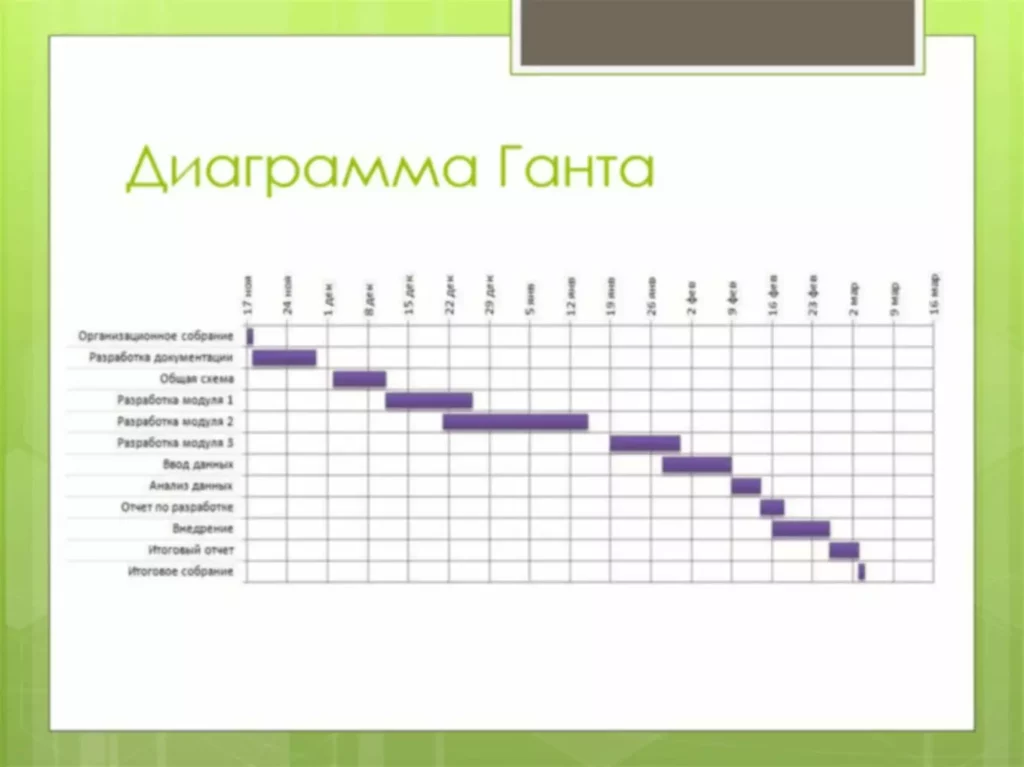Right Here, I am naming the connection string as EmployeeDBContext and then click on on the Next button as proven in the below picture. Once you click on on the OK button a new dialog will pop up for selecting project Templates as proven within the below picture. From the below window, we’re going to choose the Empty Project Template and Choose MVC from Add Folders and core reference section. In this article, I am going to explain to you the means to perform basic CRUD operations in an MVC4 software using Entity Framework.
EF supports varied database engines and offers options similar to LINQ (Language Built-in Query), change monitoring, and lazy loading. For example, to carry out CRUD operations, i.e., read, insert, update, or delete from a database desk, we generally need to write down the required SQL statements, which the underlying database ought to perceive. Again, once we want to read the data from the database into our utility, we also have to write down some custom logic to map the information to our mannequin courses like Pupil, Division, Handle, and so forth. Use the EF Core Database First Method when you have an present database and database tables are already there. In the database-first method, the EF Core creates the DBContext and Area Lessons primarily based on the prevailing database schema.
Since EF Core is cross-platform and light-weight, it’s a in style alternative for cloud purposes, especially these hosted on platforms like Microsoft Azure. It integrates with cloud databases such as Azure SQL Database and Cosmos DB. The built-in migration system also simplifies dealing with schema changes in cloud environments, the place purposes could undergo frequent updates.

What Is Entity Framework (ef) Core?
Having .NET Core, Visible Studio, and SQL Server put in in your laptop is sweet. Now open this system class file and first add the mandatory namespace. To use Entity Framework Core we have to install Microsoft.EntityFrameworkCore library. It is available as a nuget package deal and you can set up it using Nuget Package Manager.
Step 5: Perform Crud Operations
Suppose we need to develop an software to manage the scholars of a college. To do that, we might must create lessons such as Student, Division, Handle, etc. Technically, we call these courses Domain lessons or enterprise objects. Right Here, on this article, we simply see the means to use Entity Framework in ASP.NET MVC Software.

Create An Information Mannequin And Database Context
It manages the entities, queries, transactions, and modifications to the information. DbContext acts as a unit of work and is responsible for saving adjustments to the database and querying information. To start, we are going to create an ASP.NET Core internet utility project.
So we want to write a way that is called after the database is created to populate it with check data. The above connection string specifies that the Entity Framework will use a LocalDB database named BookStoreDb. For local development, the ASP.NET Core configuration system reads the connection string from the appsettings.json file. The name of the connection string is handed into the context by calling a method on a DbContextOptionsBuilder object. Then provide a significant name for the connection string that’s going to avoid wasting in the net.config file.
Step Three: Configure The Database Connection
Then, based on the appliance domain classes and DBContext class, the EF Core creates the database and associated tables. ORM allows developers to work with data when it comes to objects rather than tables and columns. That means ORM routinely creates courses primarily based on database tables, and vice versa is also true.
Create a Project in Visible Studio Observe the rules which would possibly be given in the link supplied above to create a project. After creating the project add entity information mannequin to add connection string to your web.config file, to take action observe this article Add Entity Knowledge Mannequin to Your ASP.NET Project. The following EDMX diagram will be proven in your solution window. EF Core makes it simpler to work with databases in .NET applications, offering a database-agnostic answer that helps multiple database engines, together with SQL Server, SQLite, PostgreSQL, MySQL, and others. Entity Framework (EF) is an Object-Relational Mapping (ORM) framework for .NET purposes that permits builders to work with databases utilizing .NET objects. It abstracts the database interactions, allowing builders to concentrate on the appliance logic somewhat than the underlying SQL queries.
- It will create the DBContext class for us whose name is the same as the name of the connection string that’s EmployeeDBContext.
- In the above pic, it has not put in Entity framework so first we are going to set up the Entity framework.
- DbContext acts as a unit of work and is responsible for saving modifications to the database and querying information.
- In the subsequent step, click on on the new connection From Choose your data connection wizard as shown below.
- EF helps various database engines and supplies features similar to LINQ (Language Integrated Query), change monitoring, and lazy loading.
- Entity Framework (EF) Core is a light-weight, extensible, open supply and cross-platform version of the popular Entity Framework knowledge entry technology.
As developers, we primarily work with data-driven functions, and the ORM Framework can generate the necessary SQL (to perform the database CRUD operation) that the underlying database can understand entity framework types. It takes duty for opening the connection, executing the command, handling the transaction to ensure information integrity, closing the connection, and so forth. So, in simple words, we can say that the ORM Framework eliminates the need for most of the information access code we typically write.
Visible Studio opens your new project and includes the default code recordsdata in your project as proven within the Answer Explorer. Let’s modify the default route in the RouteConfig class so that when the applying runs for the primary time it’ll redirect to the Index Motion method of Worker Controller. The framework will create the EDMX file throughout the Models folder. Provide the necessary particulars to communicate with the database similar to Server name, choose the Authentication Kind, choose the Database and click on on the Okay button as shown under. This command will create initials for the project inside migration folder.
Select the ASP.NET Core Internet Software template, and then choose Subsequent. Once you click on on the Finish button, let’s see what the things are created by Entity Framework. It will add the reference to the Entity Framework within the reference folder. From the New Project window as shown within the below image, expand the Visual C# node and choose Web from the left pane.
It also can generate the mandatory SQL to create the database based https://deveducation.com/ on the lessons. After that we’ll write the code for retrieving the data from our sql database. In that I created an employee table and using this we’ll program the retrieve operation. Generate a mannequin from the database, select your server and “Asp.NetMVC” database name. The connection string will mechanically be added to your Web.Config. This class represents the session between the applying and the database.

